Starbucks selected Sumatra Glinchi Coffee Bean Story Sumatran Coffee Flavor and taste
I believe that friends who like Starbucks coffee are no stranger to Starbucks selection grade Sumatra coffee beans.
In 2015, Starbucks established the world's eighth grower support center on the Indonesian island of Sumatra. Whether the farmers here sell beans to Starbucks or not, they can get the latest agronomic knowledge and soil management techniques here. Starbucks has nine grower support centers around the world. The significance of the existence of the grower support center is to improve the coffee industry and the quality of local coffee beans through sustainable development, so as to change the living standards of farmers. To put it simply, it is to make the farmers' farms more viable, from underproduction to vigorous production.
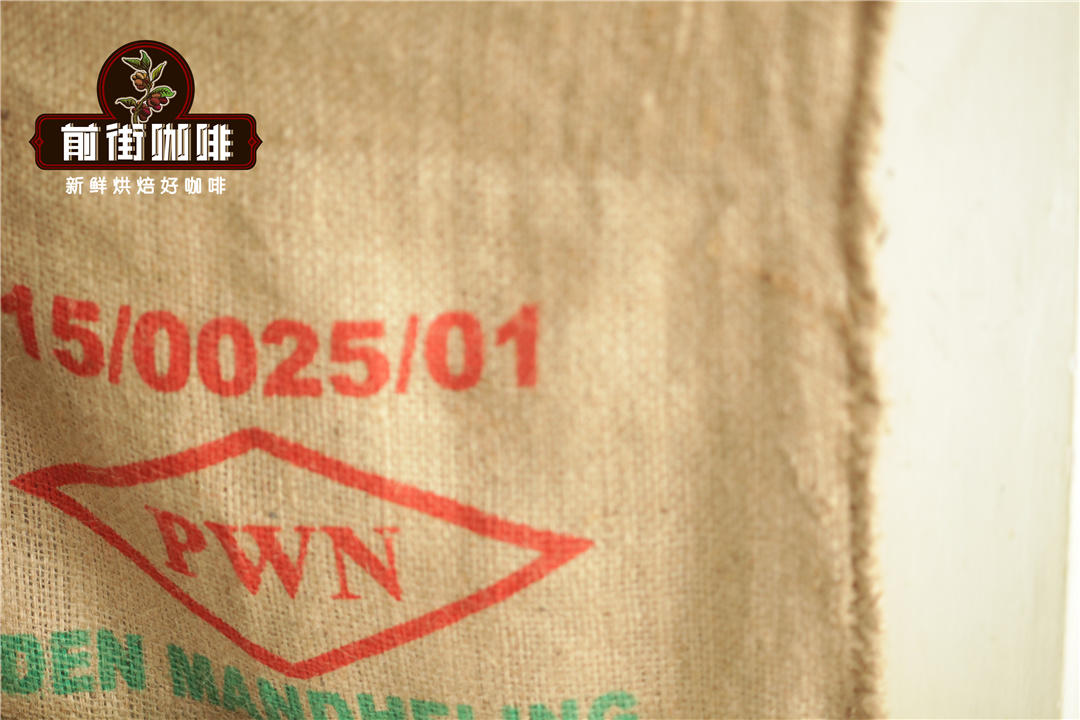
Starbucks' Sumatran coffee beans are as bold and spicy as the Sumatran tiger. Mellow and full-bodied with unique earthy aromas and a lingering finish, a symbol of high-quality Sumatran coffee. The wine is full-bodied and smooth, with lingering hints of hay and fresh soil, with almost no sour taste. The tiger Manning selected in Qianjie is produced at the Sumatran Tiger Manor in Indonesia, and is relatively high above sea level in the northern part of Sumatra. Aceh, where Lake Tawa is located, and North Sumatra, where Lake Toba is located, are the main Arabica coffee producing areas. Lake Tawa is located in the Gayo Mountains in the northern Aceh province of Sumatra, straddling Indonesia on both sides of the equator. The humid tropical rain forest climate is rich in rainfall and fertile volcanic soil brings rich nutrients to coffee. However, due to the remote location and inconvenient transportation, coffee was not grown until 1924, mostly with traditional shading and organic planting without pesticides.
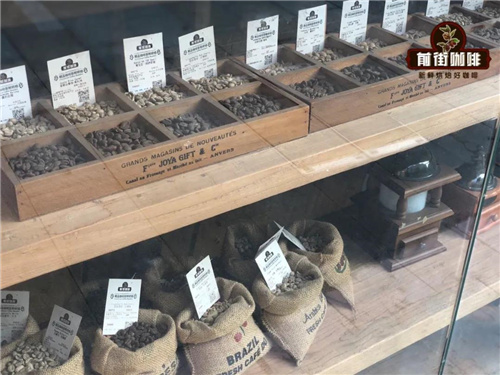
This part of Indonesia has a special way of handling coffee beans-Giling Basah (wet planing). This is a unique Indonesian process, which brings a signature flavor to coffee.
In the traditional wet process, fresh coffee fruit is peeled (beaten) and left in a concrete tank to ferment as the aroma or flavor of coffee. Fermentation is a defective taste caused by poor processing or other factors. Fermentation is a sour taste caused by several possible problems, usually like vinegar. Through the process of acidification and pectin decomposition, the long-lasting, sticky fruit layer can be "washed" from the internal mung beans (raw coffee, which is still coated with parchment before dry grinding, is called parchment coffee (pergamino). In the wet process, the coffee is peeled, fermented, washed, and then prepared to dry more shells on the terrace, bed, or machine. Next, dry the coffee for about 20 days until it reaches 11% moisture. It can then be bagged and stored for 30 days, either in a dried parchment coffee or in a household roaster. At this point, the parchment layer is peeled off, and the density of coffee beans is usually seen as a sign of quality, because the higher the density, the more coffee beans are roasted, the better the power.
Wet shelling has the same initial steps as wet treatment. In most parts of Indonesia, the first step in implementing this process is small farmers. Farmers pick coffee and beat it, which means they pass it through a hand roller that looks like a cheese grater and peel the fruit.
They then ferment the coffee in a variety of ways-in polypropylene bags, plastic buckets or concrete tanks-to get a fruit layer (mucus) to decompose. In wet processing, the farm now slowly dries the coffee to 11% moisture. Mung beans will become what we know as small dried seeds, and the thin parchment shell can be easily removed because there is a large gap between the parchment shell and the much smaller dried mung bean. Coffee farmers in Indonesia dry clean, wet parchment coffee for several hours until it has a moisture content of 50%, and then sell it to collectors in the local coffee market. In this way, they get faster pay and reduce their workload.
The wet sheller is very large and produces a lot of friction and transfers heat to the coffee. Coffee is soft when it is wet, rather than dry hard seeds as we know it, and is easily crushed. The friction of the wet sheller destroys the coffee and crushes the ends of the beans. In front of the street, this kind of coffee bean is called "sheep's foot bean".
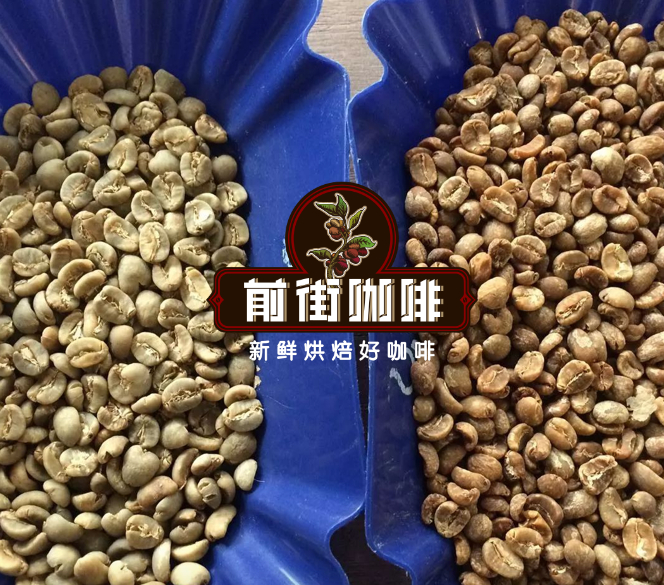
Peets and early Starbucks made a signature flavor from dark roasted Indonesian coffee. Qianjie takes a fancy to the balanced and smooth taste of this coffee. The attention varieties of tiger Mantenin are Kaddura, iron pickup and Sidikalong.
The palate has sour flavors of lemon or citrus, clean citric acid and a sweet finish. This tiger manning is well-balanced and clean, with obvious flavors of cream, dark chocolate, caramel and nuts. Its raw bean body is round, green and yellowish, with better uniformity and high moisture content. The goal of baking is medium-deep baking, which removes too much sour taste and increases its mellow thickness and balance.
Professional coffee knowledge exchange more coffee bean information please follow the coffee workshop (Wechat official account cafe_style)
For more boutique coffee beans, please add private Qianjie coffee on Wechat. WeChat account: kaixinguoguo0925
Important Notice :
前街咖啡 FrontStreet Coffee has moved to new addredd:
FrontStreet Coffee Address: 315,Donghua East Road,GuangZhou
Tel:020 38364473
- Prev
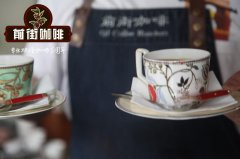
Columbia item | Tolima Tolima | Plannadas Farmers' Association | Organic certified coffee
Professional coffee knowledge exchange more coffee bean information please follow the coffee workshop (Wechat official account cafe_style) Colombia Tolima Tolima Plannadas Farmers Association 1500-2100m Organic certified production area: Planadas, Tolima, Colombi altitude: 1500-2100 meters above sea level varieties: Caturra, Castillo, Colombia, and Typica treatment methods:
- Next
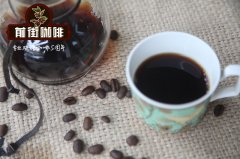
What is the story and taste of Sumatra coffee beans in the two lakes of Sumatra
For more information about coffee beans, please follow Coffee Workshop (official Wechat account cafe_style) located in Southeast Asia, Indonesia is an island country made up of more than 10, 000 islands along the equator from Malaysia to Papua New Guinea. Indonesia has always been a big coffee producer. According to the World Coffee Organization, in 2015
Related
- Does Rose Summer choose Blue, Green or Red? Detailed explanation of Rose Summer Coffee plots and Classification in Panamanian Jade Manor
- What is the difference between the origin, producing area, processing plant, cooperative and manor of coffee beans?
- How fine does the espresso powder fit? how to grind the espresso?
- Sca coffee roasting degree color card coffee roasting degree 8 roasting color values what do you mean?
- The practice of lattes: how to make lattes at home
- Introduction to Indonesian Fine Coffee beans-- Java Coffee producing area of Indonesian Arabica Coffee
- How much will the flavor of light and medium roasted rose summer be expressed? What baking level is rose summer suitable for?
- Introduction to the characteristics of washing, sun-drying or wet-planing coffee commonly used in Mantenin, Indonesia
- Price characteristics of Arabica Coffee Bean Starbucks introduction to Manning Coffee Bean Taste producing area Variety Manor
- What is the authentic Yega flavor? What are the flavor characteristics of the really excellent Yejasuffi coffee beans?

